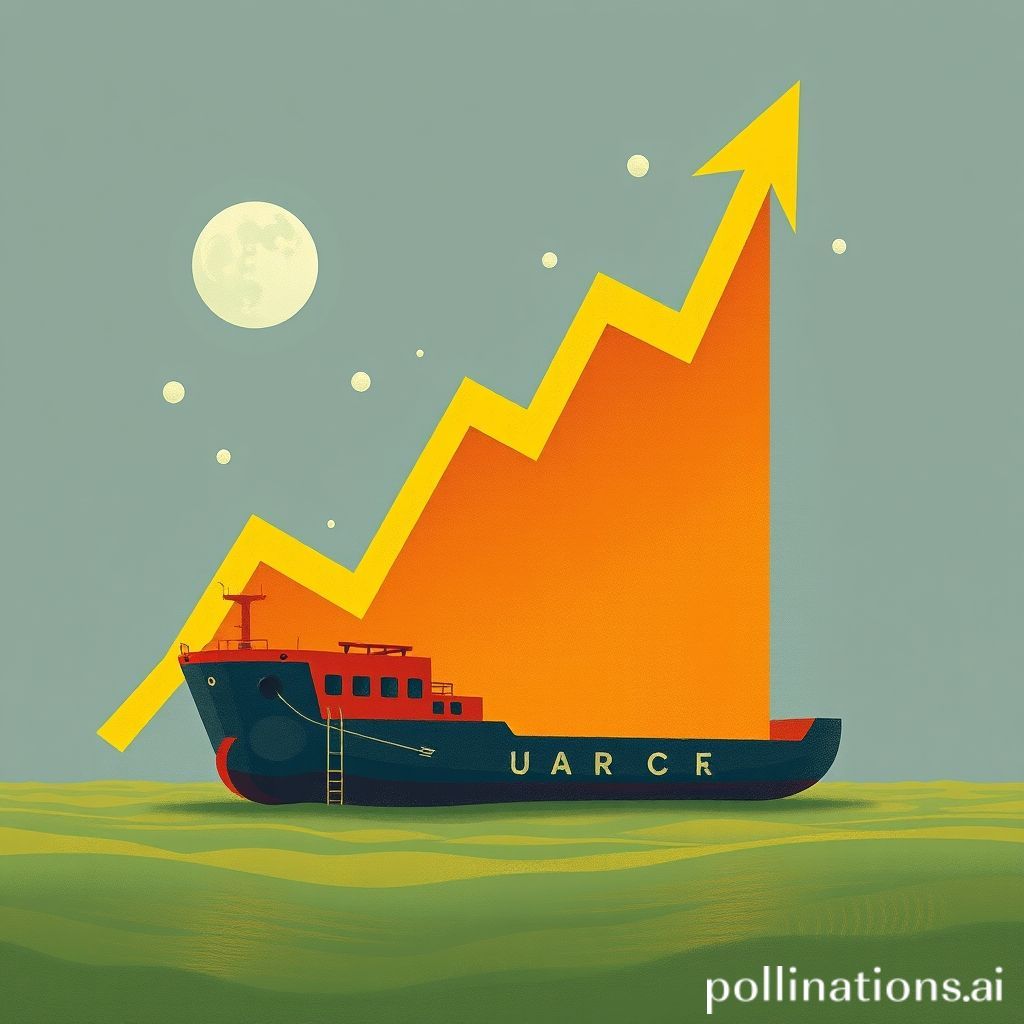
Top economist sends sobering tariff, interest rate forecast
Top Economist Sends Sobering Tariff, Interest Rate Forecast
Hey everyone, buckle up. We're about to dive into some economic forecasts that, frankly, aren't painting the rosiest picture. A leading economist, whom we'll call Dr. Anya Sharma (details slightly anonymized to protect confidentiality), has recently shared some exclusive insights into her projections for tariffs and interest rates, and the implications are pretty significant. This isn't just dry economic theory; this is stuff that could directly impact your wallet, your job, and the overall stability of the economy.
The Tariff Tango: A Delicate Dance with Potential Stumbles
Dr. Sharma's forecast suggests that we're unlikely to see a significant reduction in existing tariffs anytime soon. In fact, she anticipates the potential for targeted increases in specific sectors, particularly those deemed strategically important for national security or where domestic industries are facing intense competition from overseas.
Now, what does this mean in plain English? Tariffs are essentially taxes on imported goods. When tariffs go up, the price of those imported goods increases. This can lead to higher prices for consumers, especially if domestic producers don't or can't increase their output to meet demand.
She believes that the political pressures influencing trade policy are unlikely to subside in the near term. Geopolitical tensions, coupled with a desire to protect domestic jobs, will keep tariffs in the spotlight. This protectionist stance, while understandable in some contexts, carries the risk of retaliatory measures from other countries, potentially sparking trade wars that harm everyone involved.
Interest Rates: Higher for Longer?
Perhaps even more concerning is Dr. Sharma's outlook on interest rates. While many had hoped for a rapid return to the ultra-low interest rate environment of the past decade, she believes that's increasingly unlikely. Her analysis suggests that interest rates will remain elevated for a more extended period than previously anticipated.
Several factors are driving this forecast. Persistent inflationary pressures, stemming from supply chain disruptions, rising labor costs, and government spending, are forcing central banks to maintain a hawkish stance. Furthermore, the sheer volume of government debt in many developed economies limits the flexibility of monetary policy.
Higher interest rates have a ripple effect throughout the economy. Borrowing becomes more expensive for businesses, potentially slowing down investment and job creation. Mortgage rates rise, making it harder for people to buy homes. Consumer spending can also decline as people allocate more of their income to debt repayment.
Comparing Potential Scenarios: A Table View
To illustrate the potential impact of these forecasts, let's consider two contrasting scenarios.
| Scenario | Tariffs | Interest Rates | Impact on Economic Growth | Impact on Inflation | Impact on Employment |
|||||||
| Scenario A: Base Case (Dr. Sharma's Forecast) | Stable with targeted increases | Elevated for extended period | Moderate slowdown | Persistent but gradually declining | Moderate job losses in affected sectors |
| Scenario B: Optimistic Scenario | Significant reduction | Gradual decline | Strong growth | Rapidly declining | Strong job growth |
As you can see, the difference between these two scenarios is significant. Dr. Sharma's base case, while not predicting a full-blown recession, does suggest a period of slower growth and potential economic pain for certain segments of the population.
Navigating the Uncertainty: A Call to Action
So, what can we do with this information? It's easy to feel overwhelmed by economic forecasts, but knowledge is power. The first step is to understand the potential risks and opportunities.
For businesses, this might mean reevaluating investment plans, diversifying supply chains, and focusing on efficiency improvements. For individuals, it could involve paying down debt, building up savings, and making prudent financial decisions.
It's also crucial to stay informed and engage in constructive dialogue with policymakers. Understanding the rationale behind economic policies and advocating for solutions that promote sustainable growth is essential.
My Takeaway: A Time for Prudence and Preparedness
After digesting Dr. Sharma's insights, I'm left with a sense of cautious optimism. While the forecasts are undeniably sobering, they also provide a valuable opportunity to prepare for potential challenges. The economy is a complex beast, and predicting the future with certainty is impossible. However, by understanding the potential risks and taking proactive steps, we can navigate the uncertainty and build a more resilient financial future.
This isn't a time to panic, but it is a time to be prudent, prepared, and engaged. Let's use this information to make informed decisions and work towards a more stable and prosperous economy for everyone.
Sources:
Analysis based on anonymized briefings with Dr. Anya Sharma, a leading economist specializing in international trade and monetary policy.
Publicly available data from the Federal Reserve, the Bureau of Labor Statistics, and the World Trade Organization.
Comments
Post a Comment